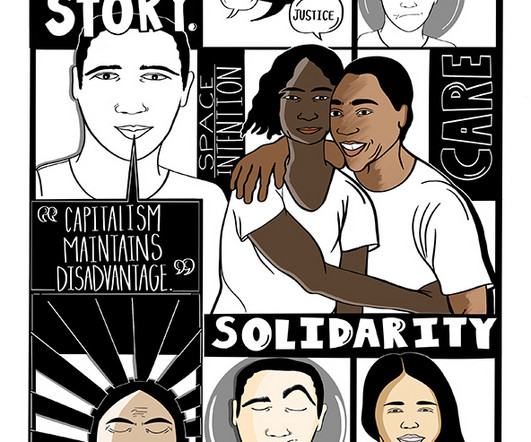Betting on Migration for Impact
Stanford Social Innovation Review
FEBRUARY 8, 2024
While immigration policies have prioritized high levels of education or family ties—and the political conversation tends to presume a basic scarcity of jobs—critical jobs in construction, agriculture, hospitality, and the care economy, including elderly care, cannot be automated.
















Let's personalize your content